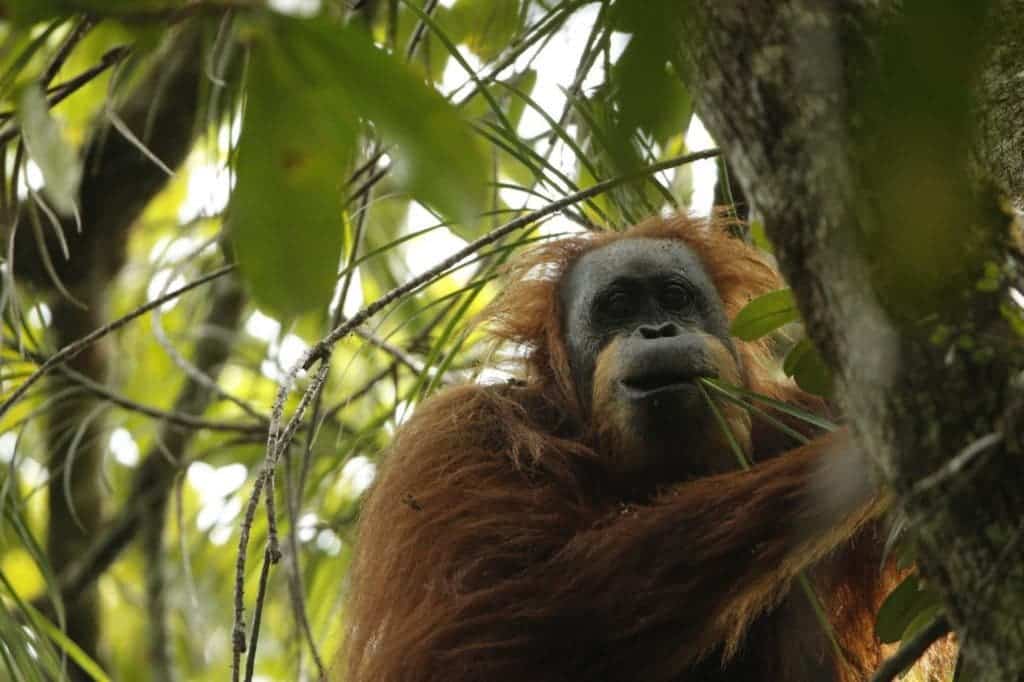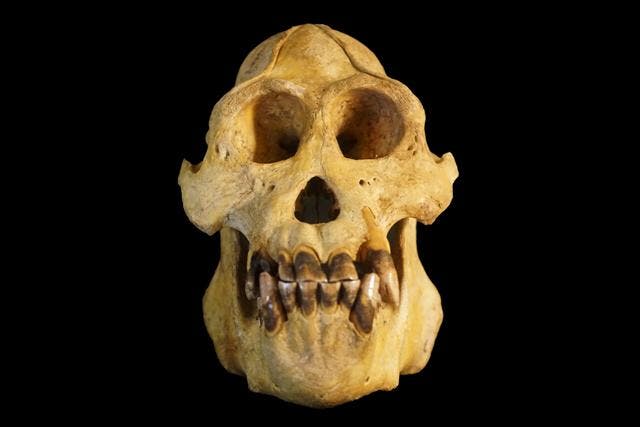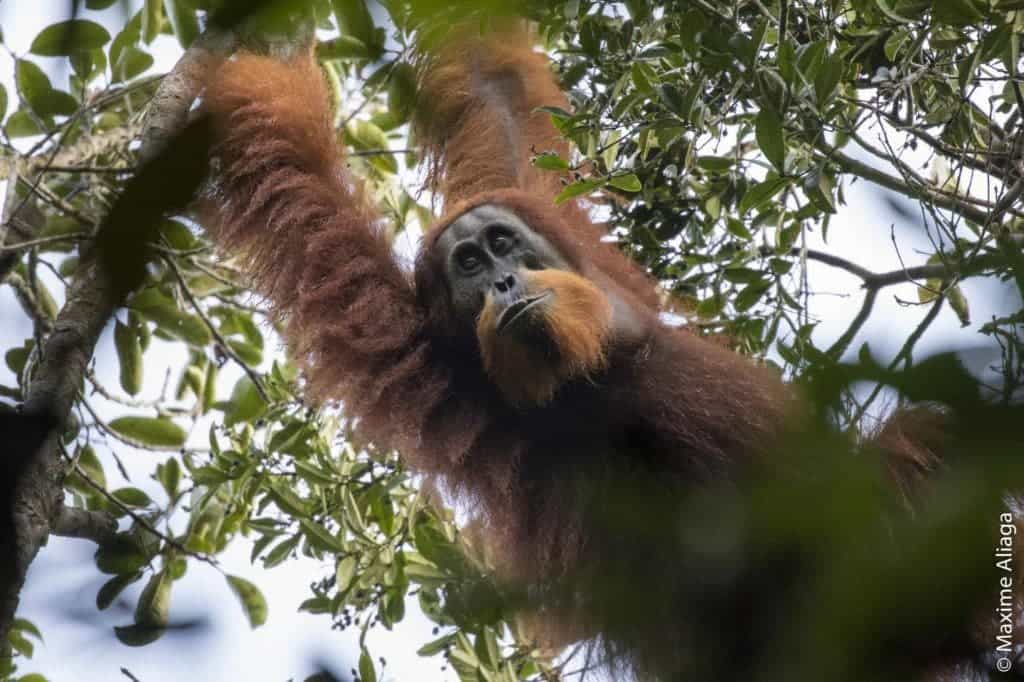Researchers have established that an isolated population of orangutans found in Batang Toru, North Sumatra, is actually a distinct third species.

One big family
Biologists had known about the unique orangutan population, which is nestled within the Tapanuli district in North Sumatra, since 1997. The first hints suggesting the orangutans belonged to a distinct new species surfaced in 2013, when scientists examined the skull of an orangutan male killed in the area. Upon closer inspection, the primate’s skull exhibited skull and teeth features dissimilar from other orangutan species. Ultimately, scientists at the University of Zurich, Switzerland, determined that they were dealing with a new orangutan species, which they dubbed Pongo tapanuliensis.
“When we realized that the Tapanuli orangutans were morphologically different from all other orangutans, the pieces of the puzzle fell into place,” adds Michael Krützen, Professor of Evolutionary Anthropology and Genomics at the University of Zurich.
“We identified three very old evolutionary lineages among all orangutans, despite only having two species currently described,” added Maja Mattle-Greminger, a postdoctoral researcher at UZH.

The two other known orangutan species are Pongo abelii, which can be found on the island of Sumatra, and Pongo pygmeaeus, endemic to Borneo. With the addition of the new orangutan species, P. tapanuliensis, there are now seven living species of great apes aside from humans, the other being eastern and western gorillas, chimpanzees, and bonobos.

To verify the morphological and genetic examination, the team employed a complex computer model which revealed that the Tapanuli population must have been isolated from other Sumatran populations of orangutans for least 10,000 to 20,000 years. In fact, the oldest evolutionary line in the genus Pongo can be traced back to Tapanuli orangutans, according to the researchers who described the species in the journal Current Biology. It’s very likely Tapanuli orangutans are the direct descendants of the initial orangutans that had migrated from mainland Asia, and we just barely found them now.
It’s quite exciting to hear about the discovery of a new great ape species in the 21st century. Alas, such good news doesn’t last long. Orangutan populations are threatened by deforestation for agricultural use, and P. tapanuliensis is no exception. Conservation efforts in Sumatra must now take into account that there is a new species which requires protection. Forests in the Batan Toru ecosystem are currently being logged to make way for palm oil plantations, and there’s even a plan to raise a new hydroelectric dam which could also impact the habitat of Tapanuli orangutans.
“Great apes are among the best-studied species in the world,” said Erik Meijaard of the Australian National University in a press release. “If after 200 years of serious biological research we can still find new species in this group, what does it tell us about all the other stuff that we are overlooking: hidden species, unknown ecological relationships, critical thresholds we shouldn’t cross? Humans are conducting a vast global experiment, but we have near-zero understanding of what impacts this really has, and how it could ultimately undermine our own survival.”
By the latest estimate, there should be no more than 800 individuals belonging to the new orangutan species. That makes the Tapanuli population extremely vulnerable and the great ape species at the greatest risk of extinction.
“If steps are not taken quickly to reduce current and future threats and to conserve every last remaining bit of forest, a great ape species may become extinct within a few decades,” warns Matt Nowak, who supervises research into the Tapanuli orangutans at the Sumatran Orangutan Conservation Programme.
“If even 8 out of 800 animals per annum were killed or otherwise removed from the population, the species might be doomed,” the scientists caution.
Scientific reference: Current Biology, Nater et al.: “Morphometric, Behavioral, and Genomic Evidence for a New Orangutan Species” http://www.cell.com/current-biology/fulltext/S0960-9822(17)31245-9 DOI: 10.1016/j.cub.2017.09.047


